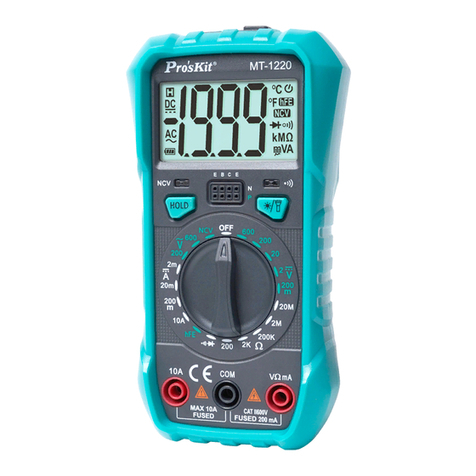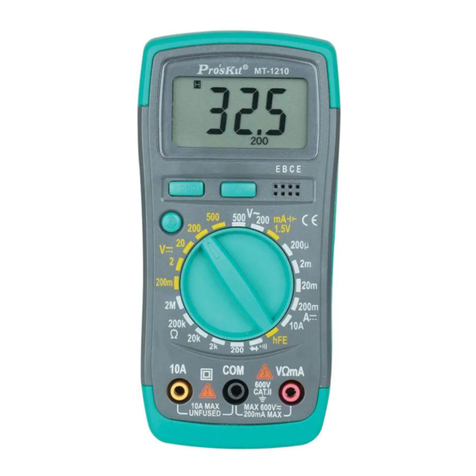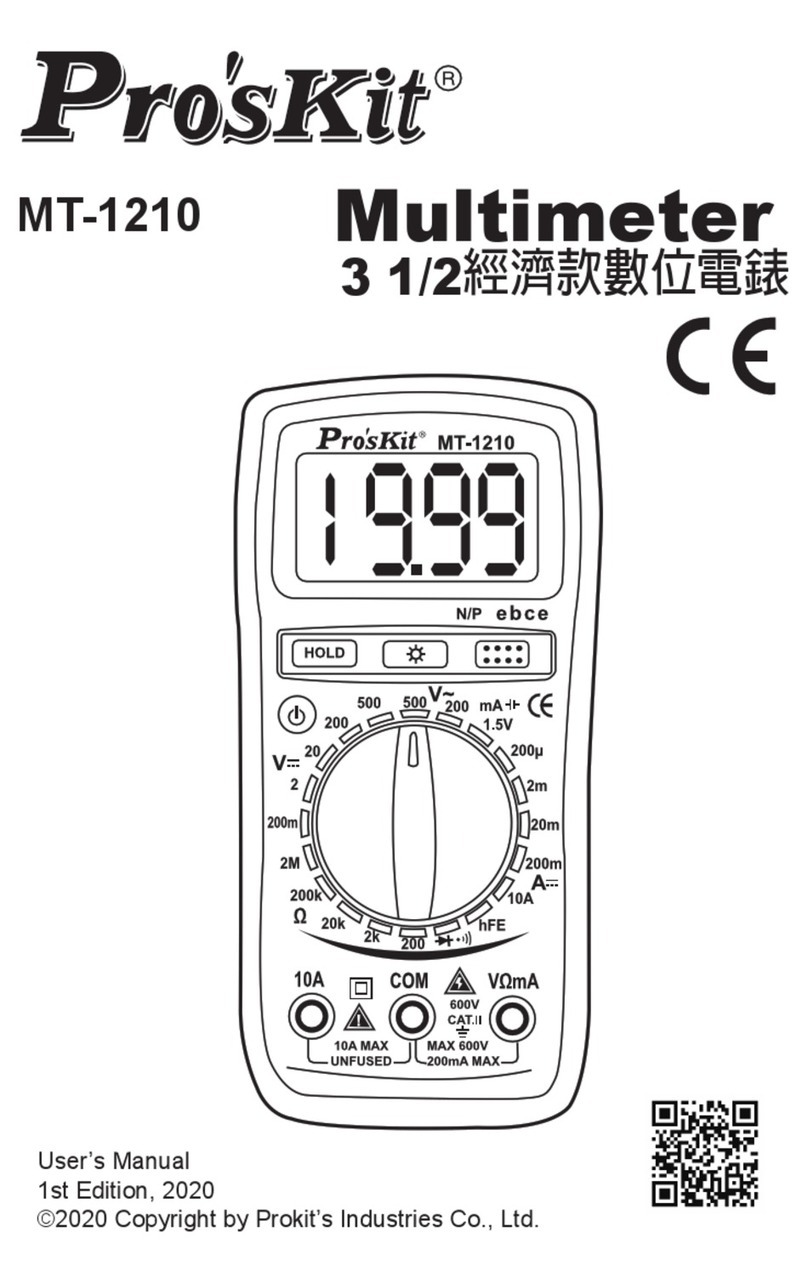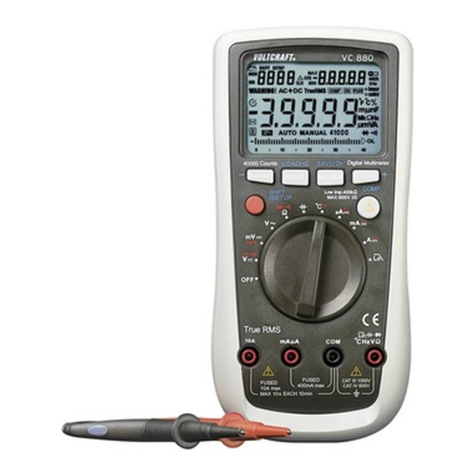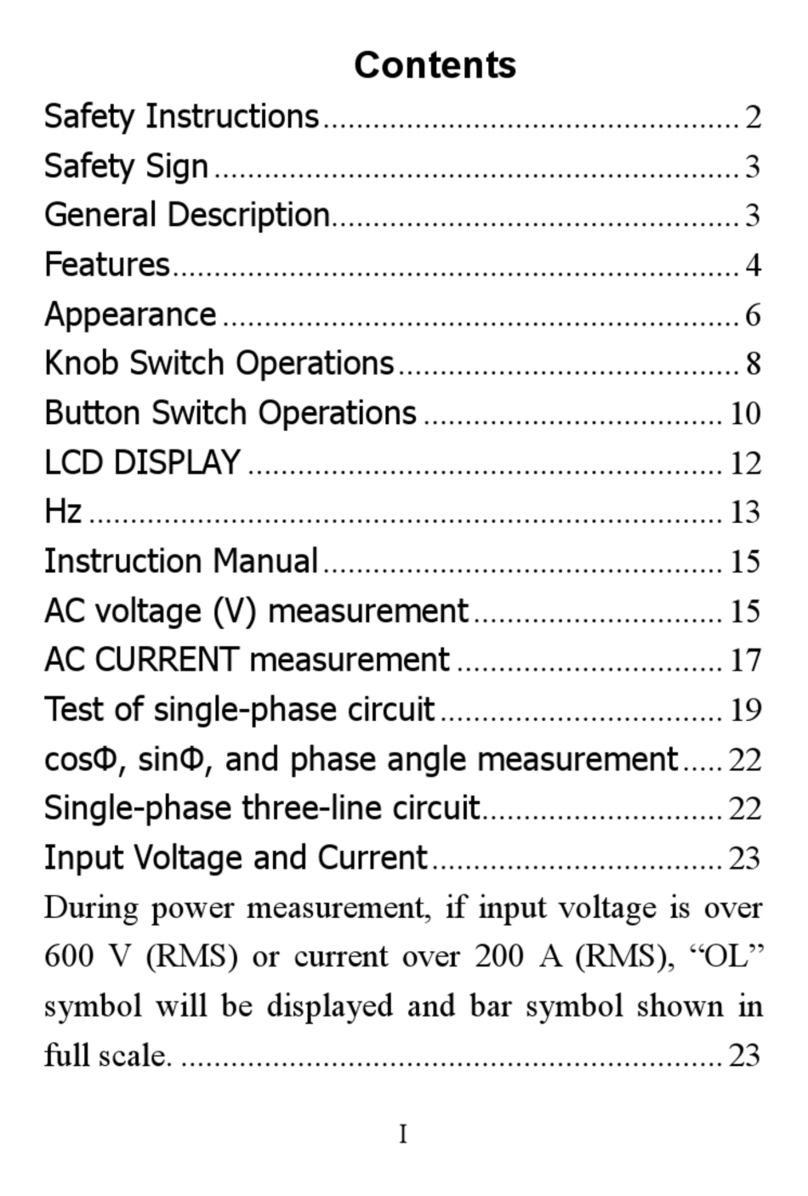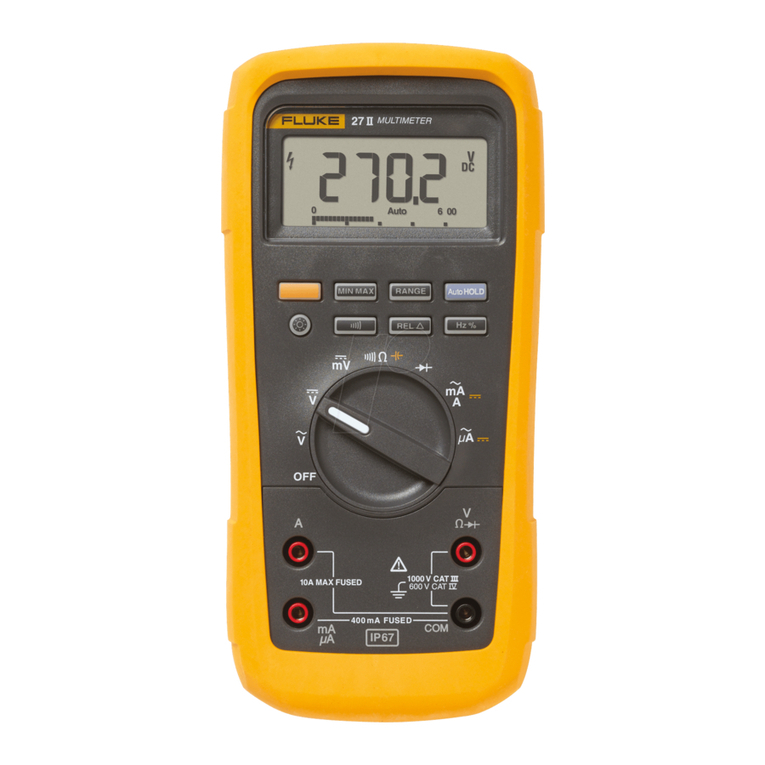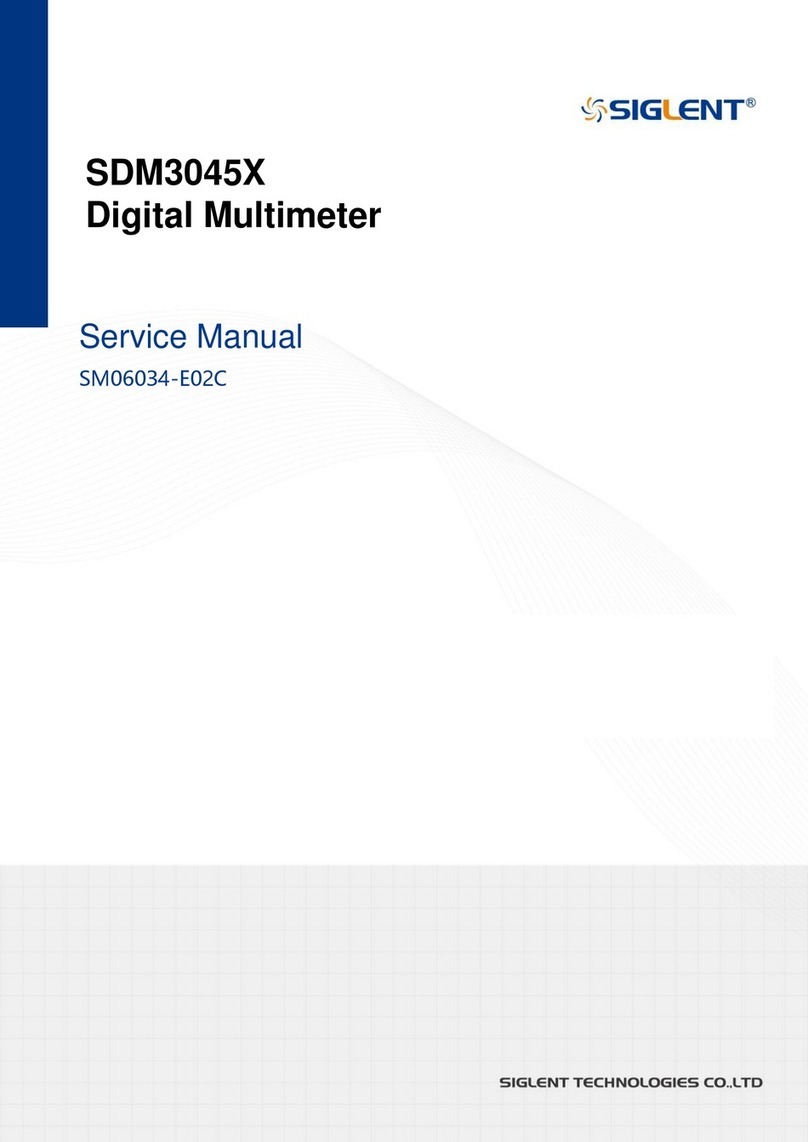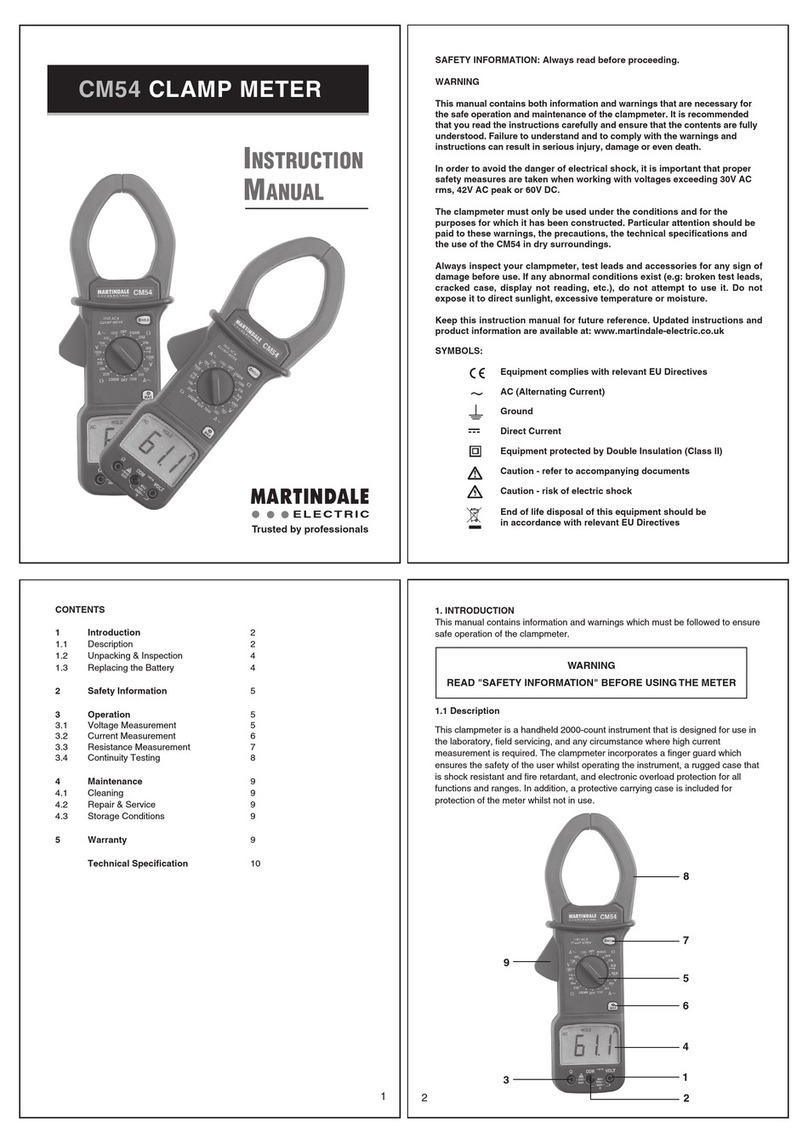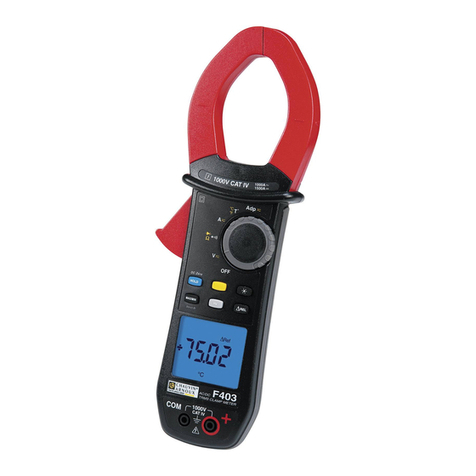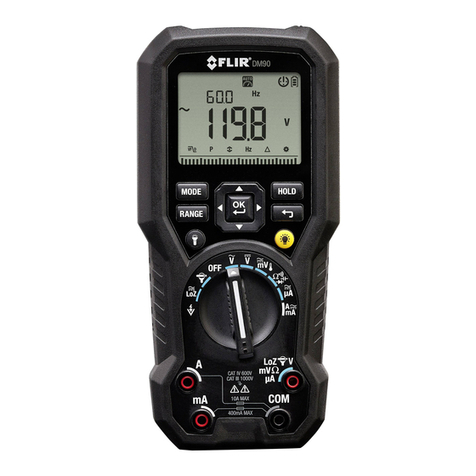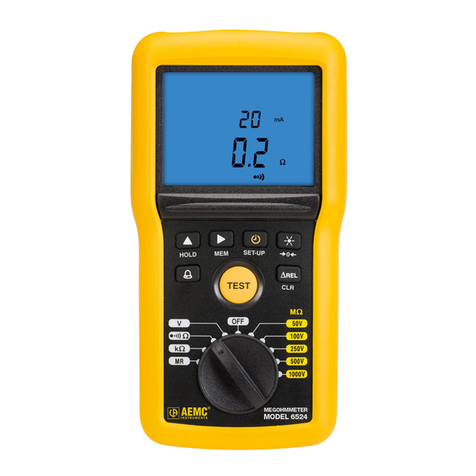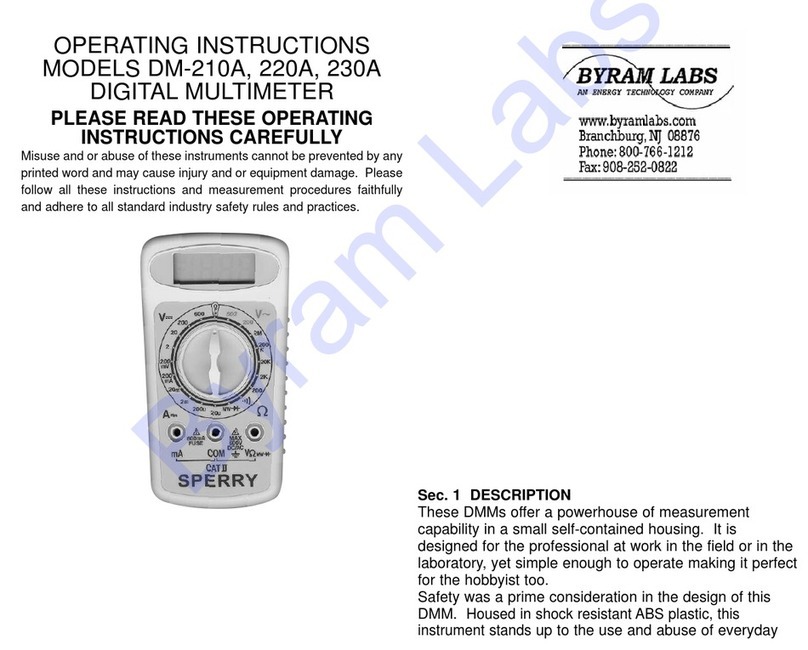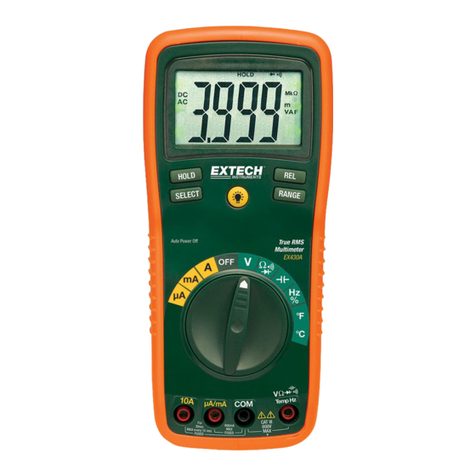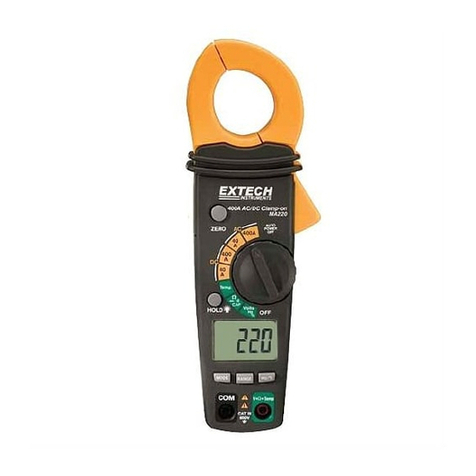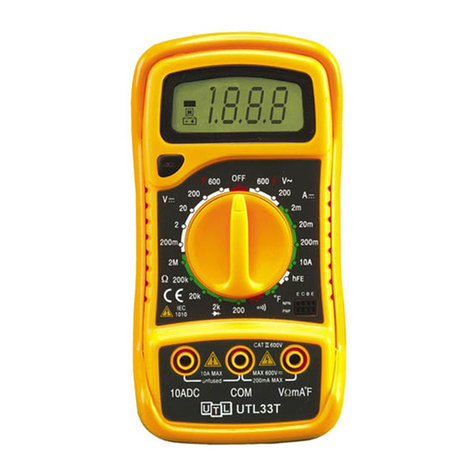Pro's Kit MT-1610 User manual




















Other Pro's Kit Multimeter manuals

Pro's Kit
Pro's Kit MT-1270 User manual

Pro's Kit
Pro's Kit MT-7602 User manual

Pro's Kit
Pro's Kit MT-2208 User manual
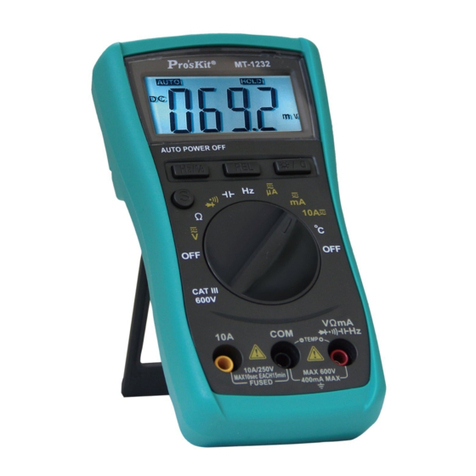
Pro's Kit
Pro's Kit MT-1232 User manual
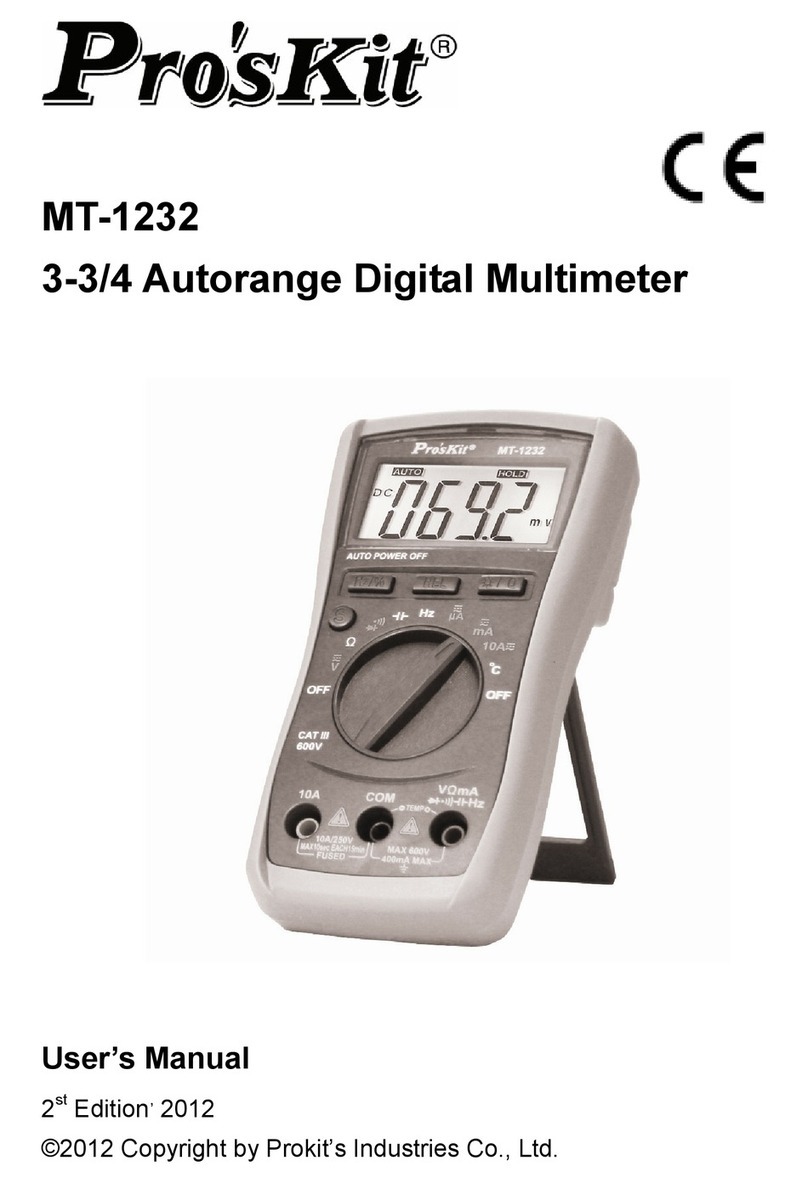
Pro's Kit
Pro's Kit mt-1232 User manual

Pro's Kit
Pro's Kit MT-1508 User manual
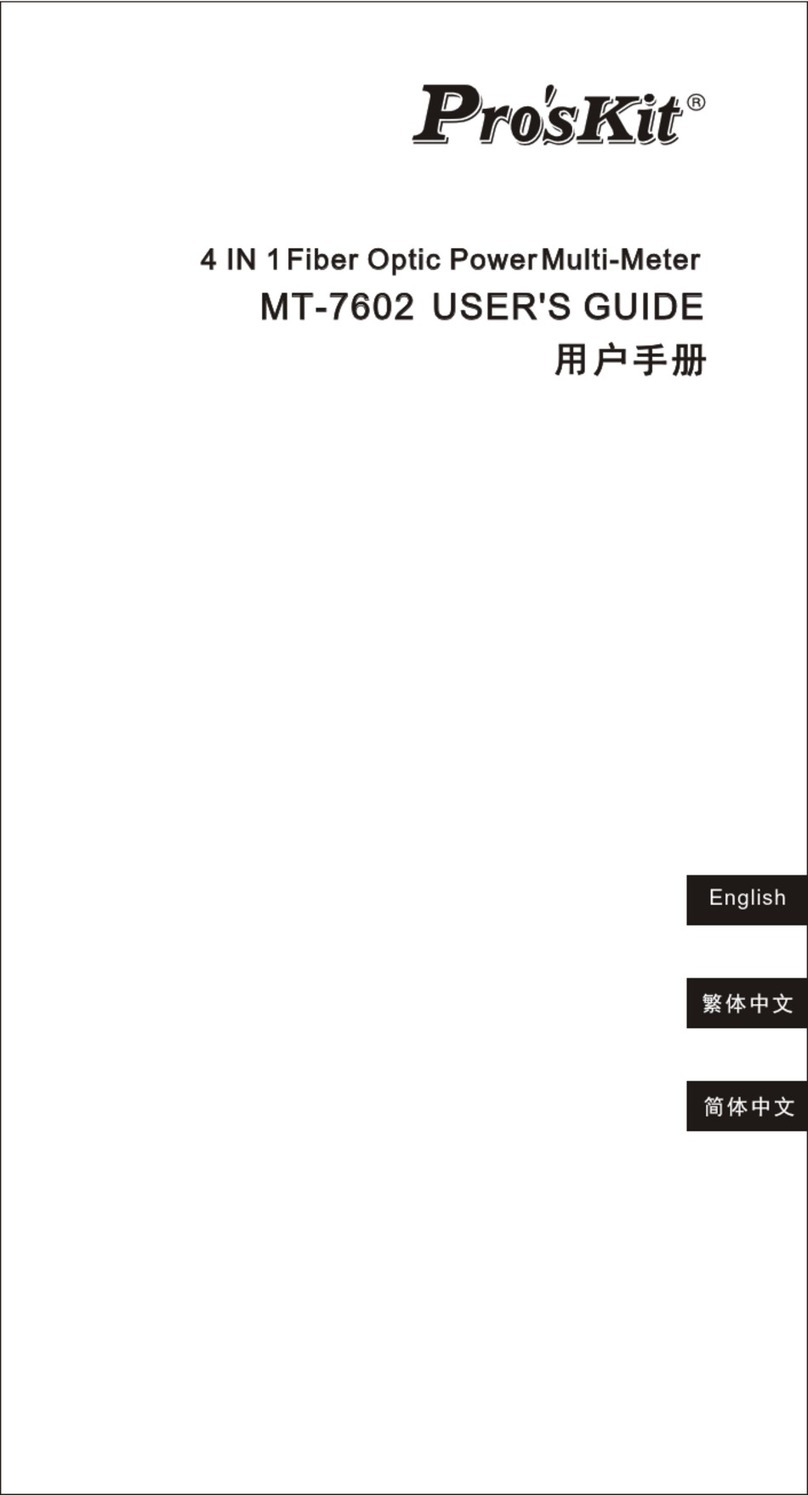
Pro's Kit
Pro's Kit MT-7602 User manual
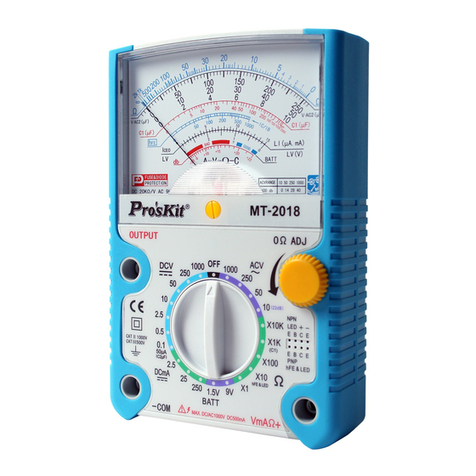
Pro's Kit
Pro's Kit MT-2018 User manual
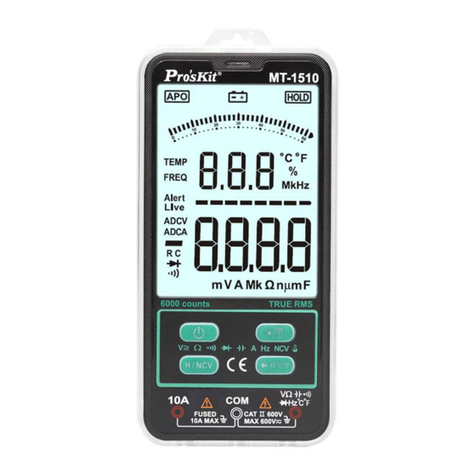
Pro's Kit
Pro's Kit MT-1510 User manual
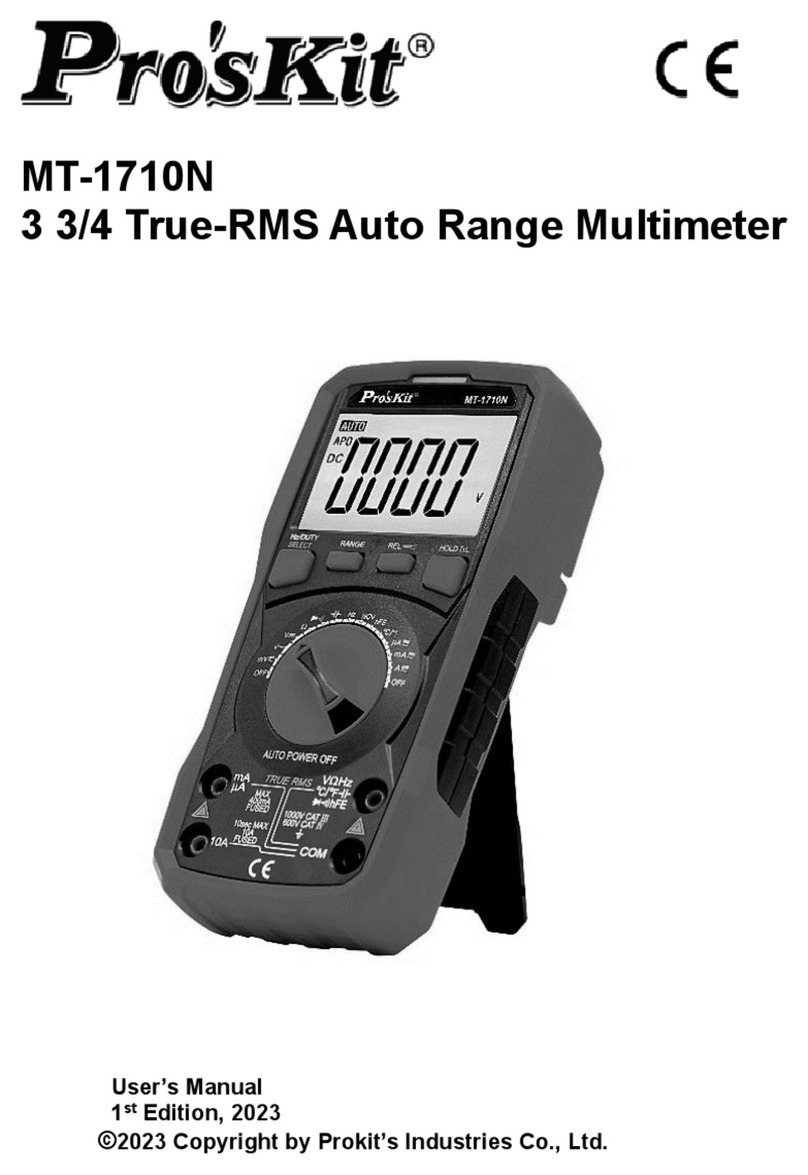
Pro's Kit
Pro's Kit MT-1710N User manual
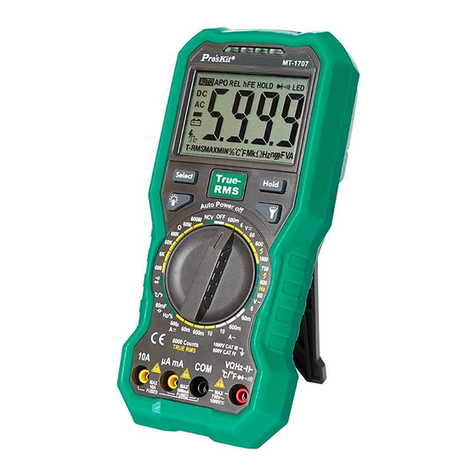
Pro's Kit
Pro's Kit MT-1707 User manual

Pro's Kit
Pro's Kit MT-1503 User manual
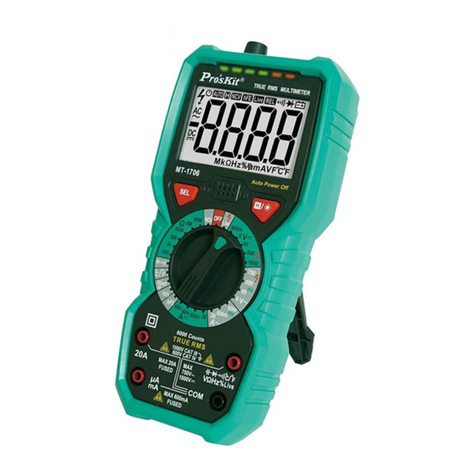
Pro's Kit
Pro's Kit MT-1706 User manual

Pro's Kit
Pro's Kit MT-2019 User manual
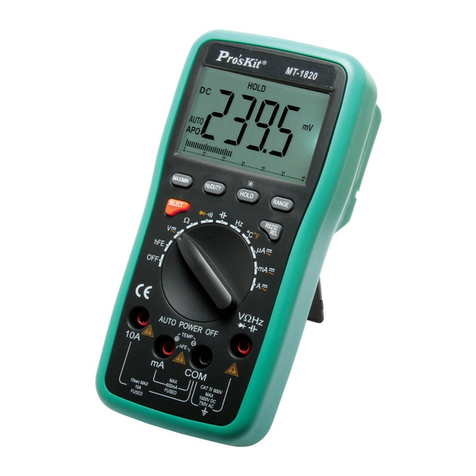
Pro's Kit
Pro's Kit MT-1820 User manual

Pro's Kit
Pro's Kit MT-1217 User manual
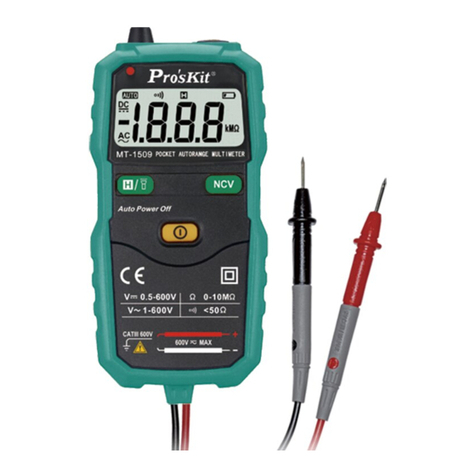
Pro's Kit
Pro's Kit MT-1509-C User manual
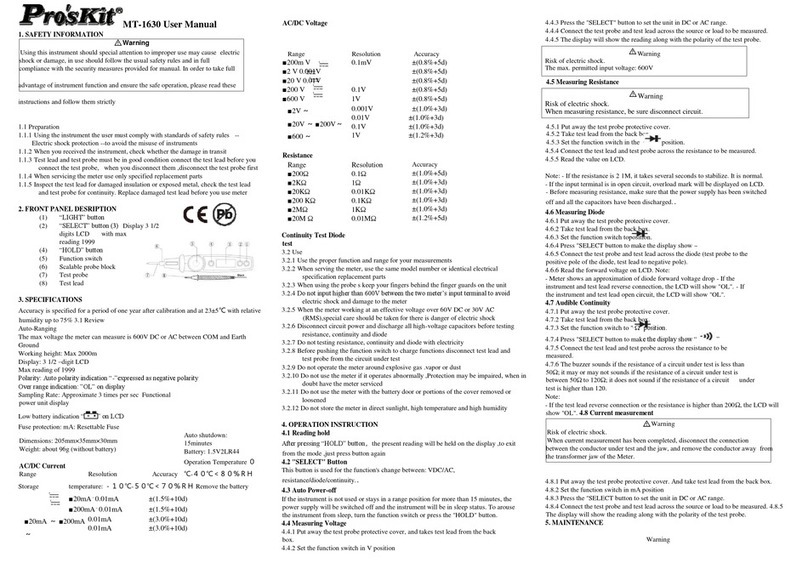
Pro's Kit
Pro's Kit MT-1630 User manual
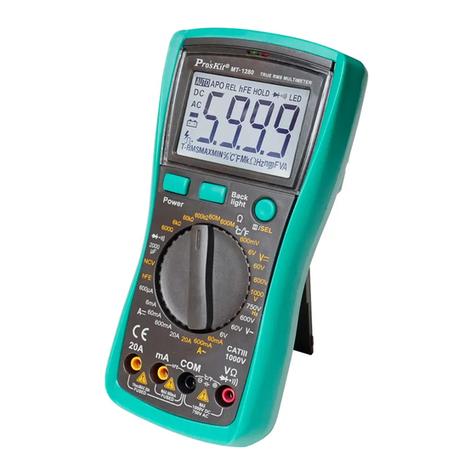
Pro's Kit
Pro's Kit MT-1280 User manual
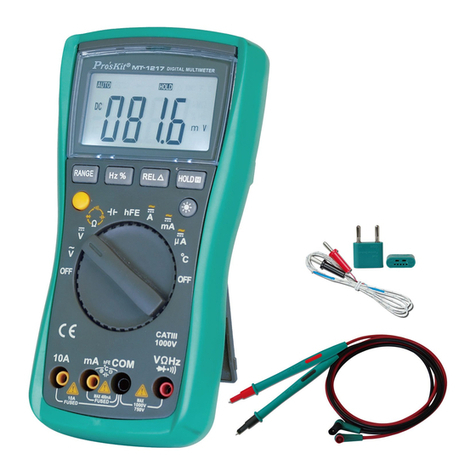
Pro's Kit
Pro's Kit MT-1217 User manual
